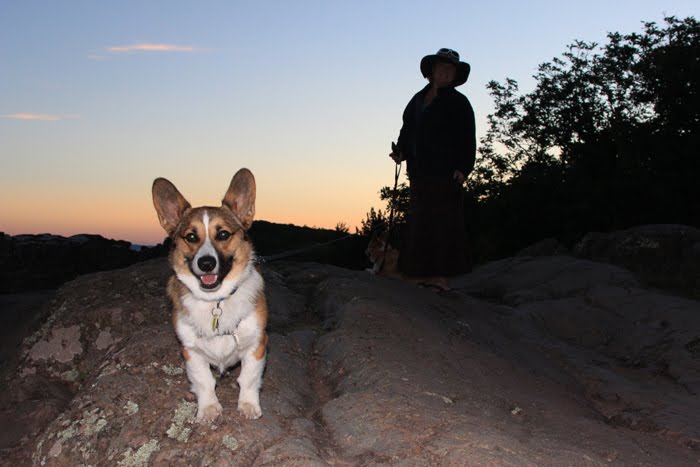Thursday, October 28, 2010
Wednesday, October 27, 2010
Traveling Watercolor Journals By Mary Ann Boysen
Francis Towne watercolor landscapes
The Source of the Aveiron, Mont Blanc in the background. 1781
According to Harold Barkley" Francis Towne was probably the most original artist working in the water-colour medium in the 18th century. He regarded himself, nevertheless, as primarily a landscape painter in oil and deeply resented a dismissive contemporary description of himself as 'a provincial drawing-master'. His water-colours were virtually unknown for a century after his death, most having remained with him until bequeathed to friends and thus remaining in private collections, apart from his Italian drawings which - as he desired - were given to the British Museum.
Although trained in London with his life-long friend William Pars, his roots lay in Devonshire and he spent the major part of his working life in Exeter, although he exhibited regularly in London and frequently spent long periods there. He was apparently a diffident and unworldly man who was satisfied to cultivate his Devonshire friends and patrons.
It seems likely that he originally used water-colour as an aid in the development of his oil compositions, but by 1777 he was using the medium characteristically, albeit still somewhat tentatively, to record impressions of a tour in Wales. The turning-point of his career as a water-colourist came in 1780, when he paid a visit to his friend Pars in Rome and in the course of his stay there considerably developed his technique. The present drawing belongs to the remarkable series of majestic studies of Alpine scenery made by Towne on his journey home through Switzerland in September 1781. Towne's view owes nothing to the 'Gothick' romanticism of Horace Walpole and his friends thirty years earlier.
He banishes all extraneous 'picturesque' elements such as wayside shrines and ruined bridges. His vision is of the greatest severity and his presentation austere in the extreme. He achieves the expression of his fascination with the geometry of Nature by the most economical means, reducing everything to the simplest terms and achieving a noble monumentality by his skillful arrangement and lighting of inter-reacting planes. This subject reveals Towne's preoccupation with outline and pattern in the highest degree as well as his subtle use of delicate washes to achieve his desired ends.
In due course, with the advent of the vision of Cézanne and of the Cubists a century after his death, Towne’s vision became more widely comprehensible and there is now due appreciation of the originality of his contribution.
Picturesque to Pastoral: British Landscape Prints from The Huntington’s Art Collections
Huntington Art Gallery, Works on Paper Room
Many of the greatest practitioners of landscape painting in Britain also were actively engaged in printmaking. “Picturesque to Pastoral” explores the graphic side of landscape in British art from the 18th through the 20th century. From the rustic countryside depicted by Thomas Gainsborough (1727–1788) to the visionary dreamscapes of Graham Sutherland (1903–1980), this focused installation of about a dozen prints showcases the variety of techniques the medium affords—wood engraving, etching, aquatint, drypoint, and mezzotint—as well as the many ways the view of landscape changed over time. In their shift from rural to urban subjects and from poetic description to interior vision, these rarely seen items from The Huntington’s art collections reveal how artists reworked this subject matter to express their own sensibilities.

Wooded Landscape with Herdsman Driving Cattle over a Bridge, Rustic Lovers, and Ruined Castle, c. 1780
Thomas Gainsborough (British, 1727-1788) Soft-ground etching. The Huntington Library, Art Collections, and Botanical Gardens, Gift of Norman Baker of Evans, Pierson, & Co.

A Summerland (Ploughing in Suffolk), 1831. David Lucas (British, 1802-1881), after John Constable (British, 1776-1837) Mezzotint. The Huntington Library, Art Collections, and Botanical Gardens.

March Morning, 1933. Paul Drury (British, 1903-1987) Etching. The Huntington Library, Art Collections, and Botanical Gardens, Gift of Russel I. Kully.

Pecken Wood, 1928. Graham Sutherland (British, 1903-1980) Etching. The Huntington Library, Art Collections, and Botanical Gardens, Gift of Russel I. Kully.



















